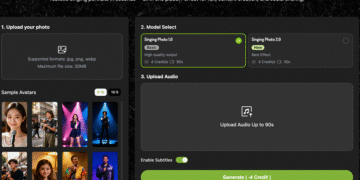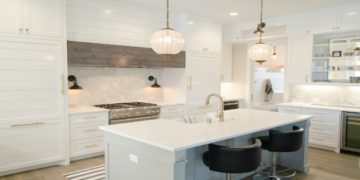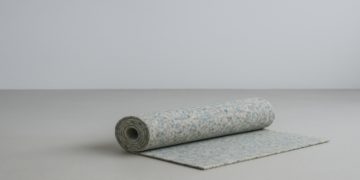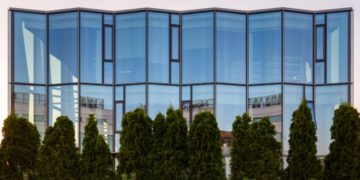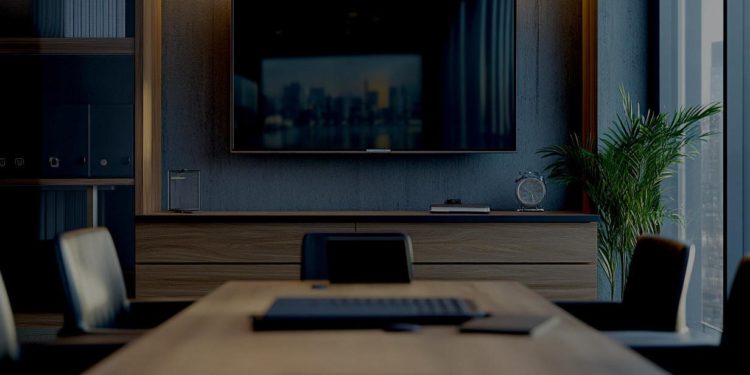Let’s be real; nobody’s begging to go back to the office five days a week. But even after all the Zoom fatigue and “you’re on mute” moments, the idea of ditching the office completely hasn’t really stuck either. What’s happening instead is more interesting: businesses across the UK are rethinking how we use space, and design is taking centre stage.
Baxter furniture might look more at home in a stylish flat than a boardroom, but that’s exactly the vibe companies are leaning into. This isn’t just about swapping whiteboards for Slack channels. We’re talking about a deeper shift: creating workplaces that reflect how people actually live and work in 2025. They’re borrowing cues from home design to create offices people actually want to be in, not just places they have to show up to.
Work Like You Live
In a hybrid world, offices are no longer static boxes full of desks and swivel chairs. They need to feel like dynamic spaces that respond to how we move through our day. That means ditching the “desk farm” layout and thinking in zones: quiet pods for deep focus, soft lounge corners for casual check-ins, breakout areas that don’t feel like corporate purgatory. More companies are designing offices with flexibility baked in. Think furniture on wheels, foldaway partitions, plug-and-play tech, and layout changes that can happen overnight. And yes, couches matter now, more than ever. The right sofa in a shared space can tell employees: relax, you’re trusted. It signals a shift from surveillance to support, from presence to performance.
The Business Case for Better Design
If this all sounds a bit too cozy for business, here’s the kicker: great workplace design pays off. A flexible, well-designed office boosts employee satisfaction, reduces burnout, and even increases retention. And in a job market where talent can log in from literally anywhere, your office has to offer something that makes people want to stay. Startups and legacy firms alike are catching on. In Manchester, fintech firms are experimenting with open-concept “living office” models. In London, property developers are repurposing old commercial spaces into modular hubs with residential flair. Even transport and logistics companies are redesigning depots and back offices to feel more human. This shift isn’t just aesthetic, it’s strategic. In hybrid setups, the office becomes a brand touchpoint, not just a place to sit.
Hybrid Doesn’t Mean Half-Hearted
Designing for hybrid isn’t about doing half the work: it’s about doubling down on intention. Every piece of furniture, every square meter, needs to serve more than one purpose. That sleek round table in the corner? Morning brainstorms, afternoon solo work, and Friday wine o’clock. The giant digital screen near the entry? Client pitches, Zoom calls, and the company playlist after hours. This is where design gets really fun and useful. You can play with height (tall tables for quick standups, low seating for casual convos), sound (acoustic panels that actually look good), and even scent (yes, scent branding is a thing now). Want your team to come in? Give them a reason that isn’t just a passive-aggressive Slack message.
Futureproofing with Personality
Here’s what most people get wrong about hybrid: they treat it like a stopgap. Something to “deal with” until things go back to normal. But this is normal now and design is the toolkit we use to build it intentionally. So, if you’re picking furniture for a living room or designing your company’s new HQ, start with the same question: how do you want people to feel here? Energised? Safe? Empowered? Seen? That question will get you further than any Pinterest board or trend report. And whatever you do, don’t settle for neutral. Add colour. Add comfort. Add the weird lamp from that flea market in Camden. Whether it’s a corner in your flat or a 10,000-square-foot space in Shoreditch, your design should tell a story, not just fill a room. Because in the end, design is how we show we’ve thought things through. And right now? That’s exactly what the future of work needs.





